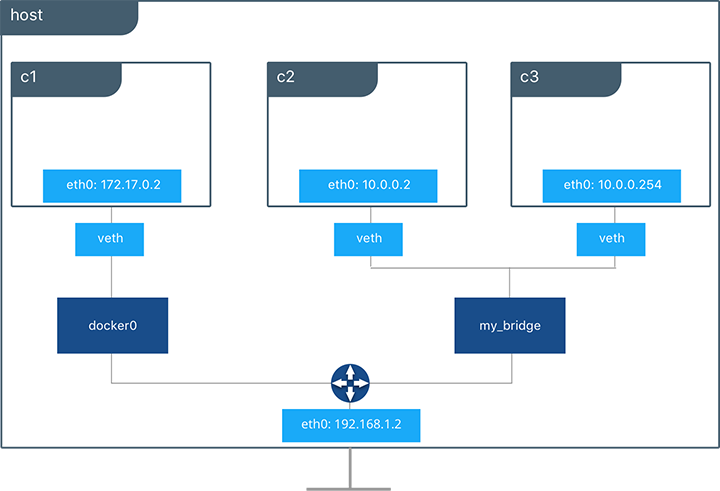

How do containers communicate?įirst, a quick overview! Although containers have a level of isolation from the environment around them, they often need to communicate with each other, and the outside world. In this article, we’ll look at simple communication between Docker containers, when they are running on the same host (which is sometimes called single-host networking). How do containers communicate with each other, if they’re supposed to be isolated? So if you want to run all of your components in containers, how can the applications talk to each other?

Sudo containerip CONTAINERID In this article, we have seen six different ways to get a docker container’s IP address. Copy the container ID and use it in the following command to get the container’s IP address. Now, get the container ID using the following command. A modern application typically consists of a few components – such as a database, a web server, or some microservices. In the real world, beyond the realm of the simple hello-world tutorial, running just one container isn’t enough for most apps. Modern apps consist of different components that need to communicate with each other. We can use information sub-commands provided by docker to get more detailed port, disk, diff, event stat information. In a busy environment there will be a lot of images and containers hard to remember. Docker provides different tools to monitor the containers. Use the -time option to define a different grace period. The stop command instructs the container to stop services after that period. By default, you get a 10 second grace period. Replace containerid with the container’s name or ID. Use the docker stop command to stop a container: docker stop option containerid.

:$ docker container ls -a CONTAINER ID IMAGE COMMAND CREATED STATUS PORTS NAMES f03e48cb07ea ubuntu 'bash' 37. Here's a sample output and you can see that now it shows several stopped containers as well. If you want to see all the containers on your system, use the option -a. You may also use grep command to get just the lines matching the string 'IPAddress'. Go towards the end and look into the Networks section to get the container's IP address. The inspect command gives you many details about the container you are inspecting. If Docker containers are isolated, then how the heck do they communicate with each other? But now you’re struggling to understand how to run more than one container at the same time. You’ve gone through the quickstarts and you’ve run your first Docker containers.


 0 kommentar(er)
0 kommentar(er)
